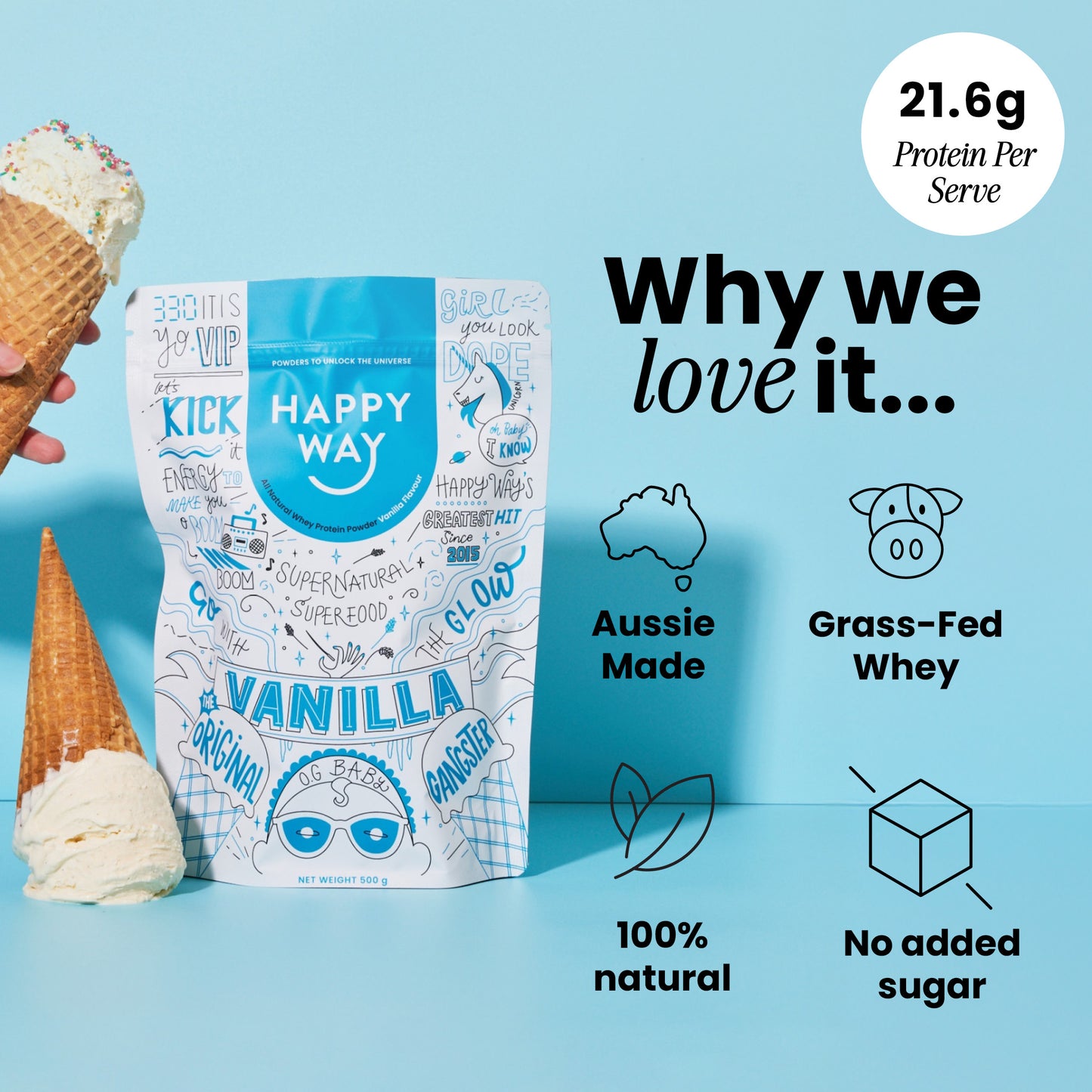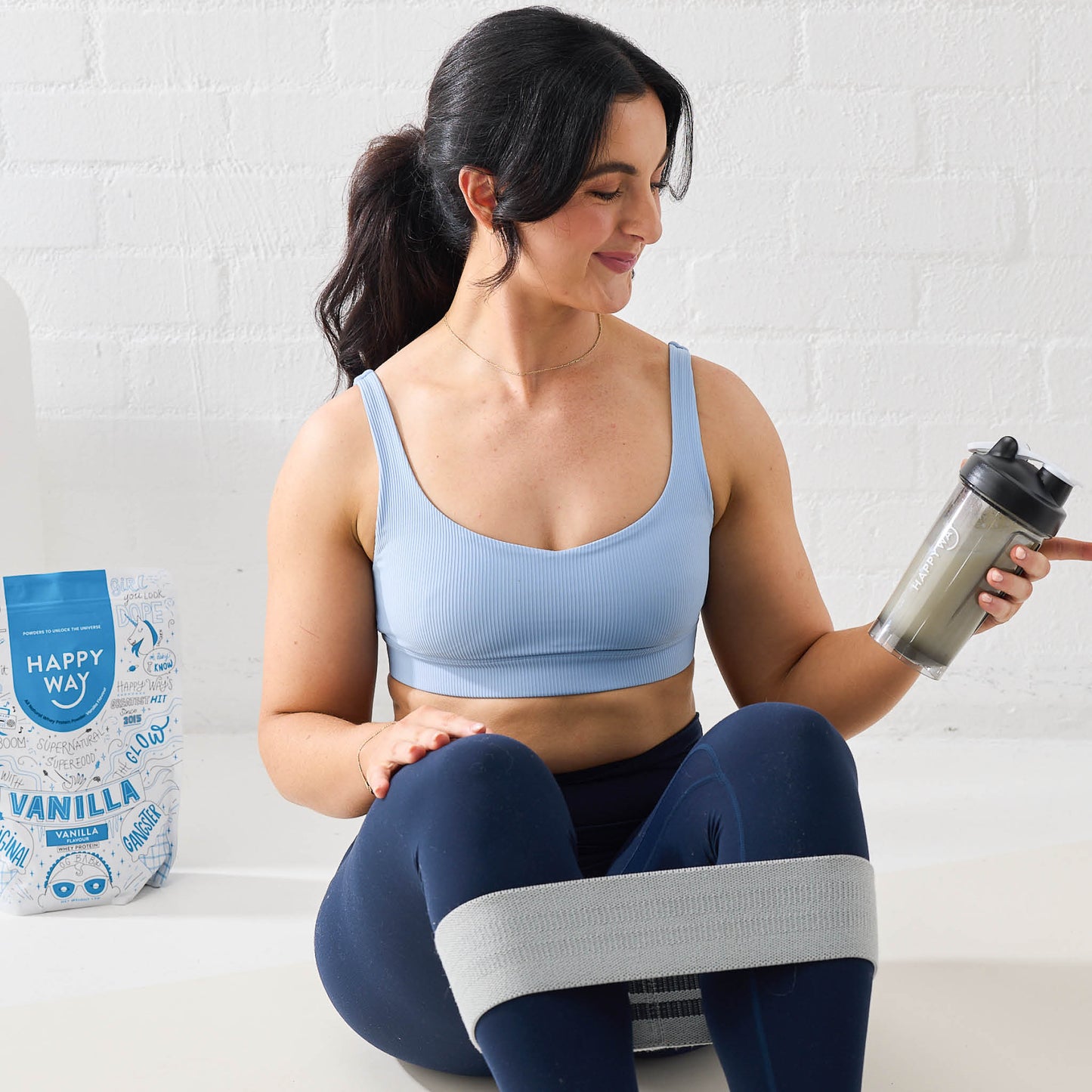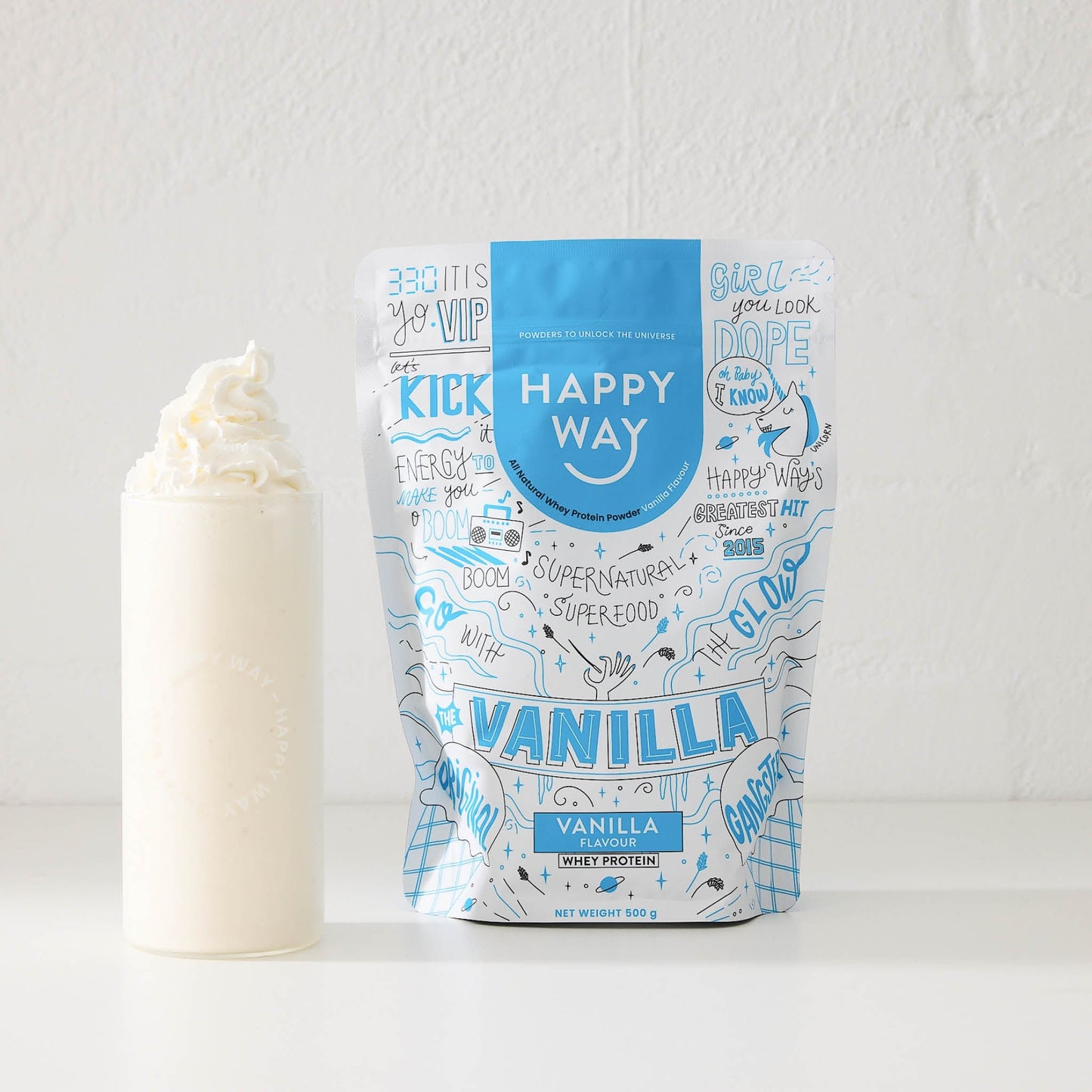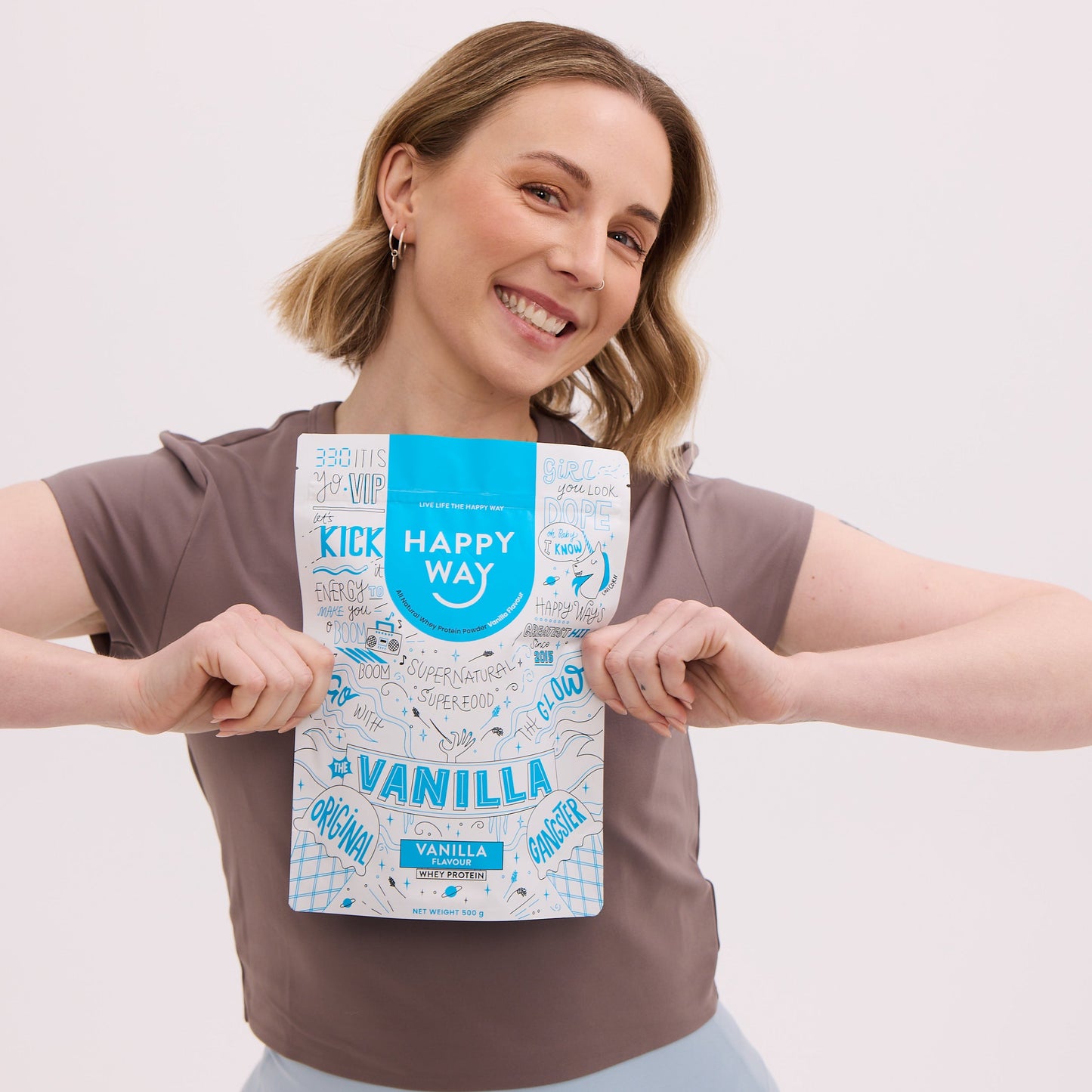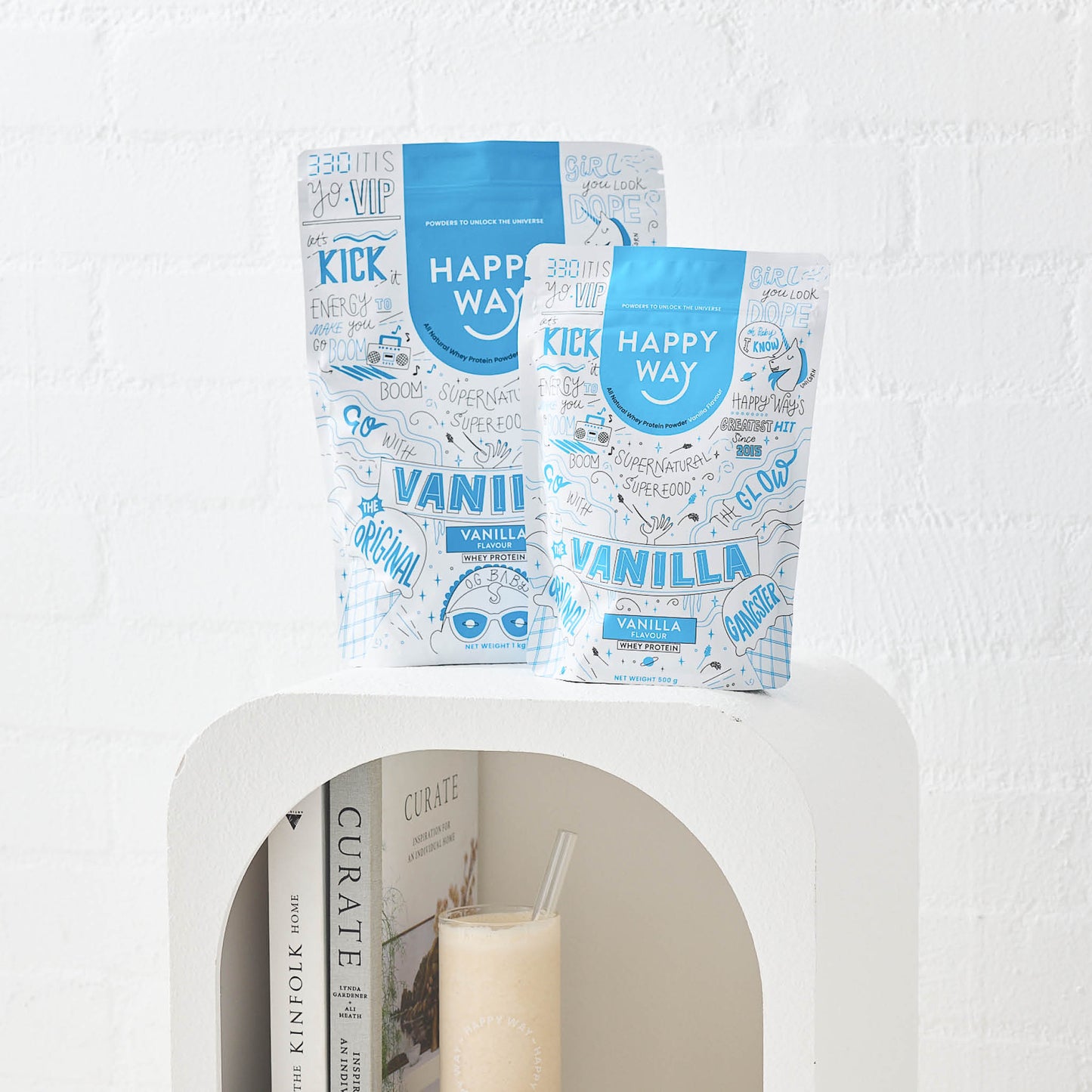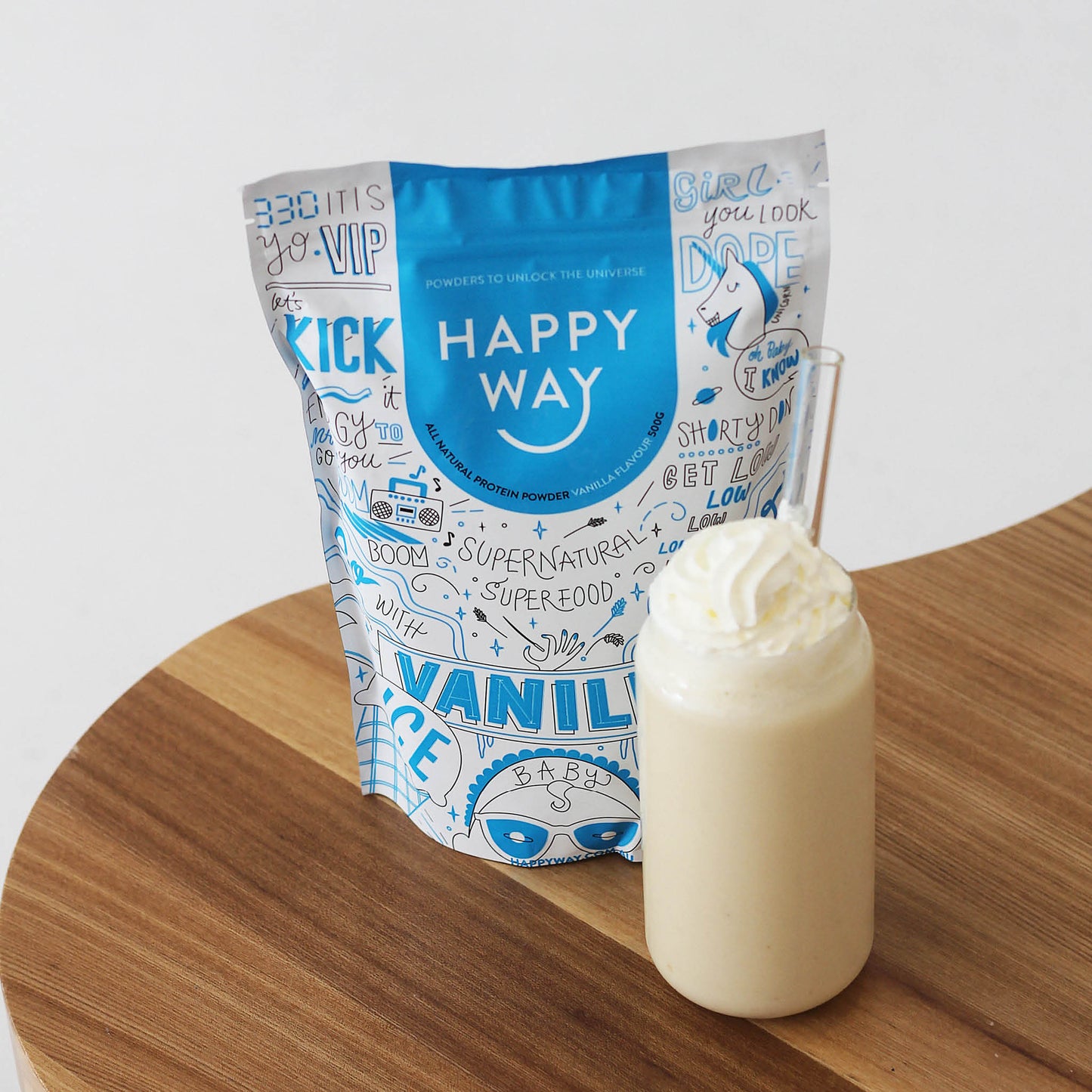AND Happy Way’s New Drink Bottle Is Not Even One Of Them (Although it should be).
When it comes to water bottles, no matter how responsible you are with your recycling, the truth is, you are still contributing to the problem. That is because, in spite of our best efforts, only 1 out of every 5 water bottles used actually end up in recycling plants. The rest you ask? Well, the rest end up in our overflowing landfills where they take over a thousand years to break down or even more alarmingly, in our already fragile oceans and waterways.
Recent reports published by Roy Morgan Australia have indicated that over 27% of the Australian population drinks bottled water during any given week leaving the likes of Clean Up Australia and Greenpeace to fight the crusade against single-use plastics. So what can you do to help beyond giving up plastic bags? You can invest in a reusable water bottle because the fight against single-use plastics rests with you, the individual. The best part is that the decision to ditch single-use water bottles could be benefitting not just the environment but your health and wallet as well.
We know that the Happy Way woman is an environmental crusader, but just in case she needed to be pushed over the ledge, here are 5 reasons to ditch the single-use water bottles pronto.

Our fragile oceans and waterways need our help!
According to the ocean crusaders, an estimated 5 trillion pieces of plastic debris are littered throughout our fragile oceans, of which more than 250,000 tons of particles float to the ocean surface. While bigger pieces of rubbish are responsible for over 100,000 marine creatures dying from entanglement annually (of the ones found), the smaller pieces make their way into the food chain, with a detrimental effect on sea life and our health. So what role do water bottles play?
Annually, the world consumes over five hundred thousand billion water bottles. Now take a moment to process that number. Against the backdrop of these staggering numbers, only 1 out of every 5 bottles ends up recycled, with the other four ending up in overflowing landfills every year. Of the bottles that don’t end up in landfills, they end up in our oceans and waterways where they not only pose a threat to ocean life but our health as well. When broken down, plastic microfibers are so small that they are not visible to the eye. However, recent studies have found that plastic is not only making its way into our food stream through fish but also through sea salt, bottled water and tap water.
Convenience aside, bottled water is often just tap water.
What is the number one reason we turn to bottled water? That would be not being prepared. How many times have you run out of the house to go for a Sunday walk or have gone to run errands without a bottle of water in hand? We dare say on the regular. While we often turn to single-use bottled water as a cleaner and tastier alternative to tap water, what we don’t stop to consider is that more than 40% of bottled water is in fact just tap water that has gone through a purification process. So rather than spending $3 - $5 for water you think tastes better, why not invest in a water purifier and BPA-free water bottle instead.
Plastic bottles may be harmful to your health.
We all know the risks associated with drinking water from plastic bottles, but just in case you have missed the memo, let’s take a moment to talk about BPA. While it may be hard to believe that doing something as simple as drinking from a water bottle may have adverse effects on our health, the truth is that plastic is not just polluting our environment, it’s polluting our bodies as well. The main culprit is BPA, a synthetic compound that has been shown to seep into the water. Studies have suggested that this substance is, in fact, an endocrine disruptor, which makes it particularly harmful to women’s health and may be linked to an increase in some types of cancers such as breast cancer. Beyond BPA, according to the World Health Organisation, many sources of bottled are in fact deficient in essential minerals such as magnesium and potassium while others had high concentrations of chlorine, fluoride and nitrate.








